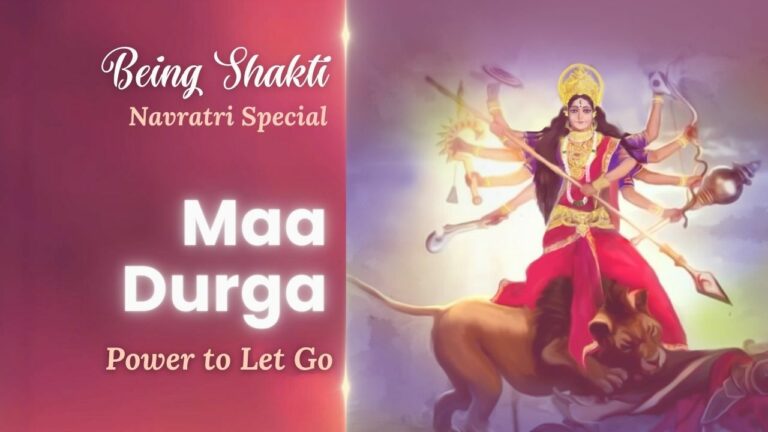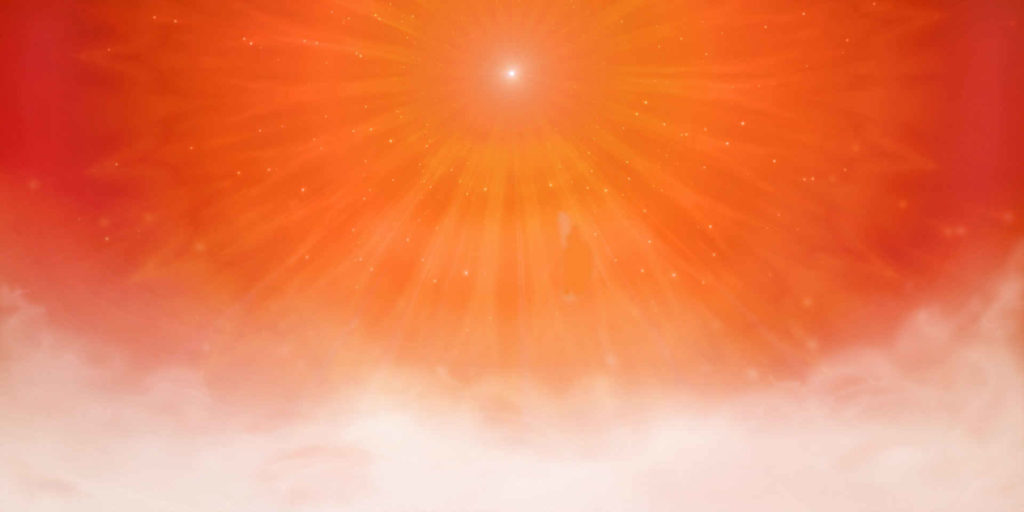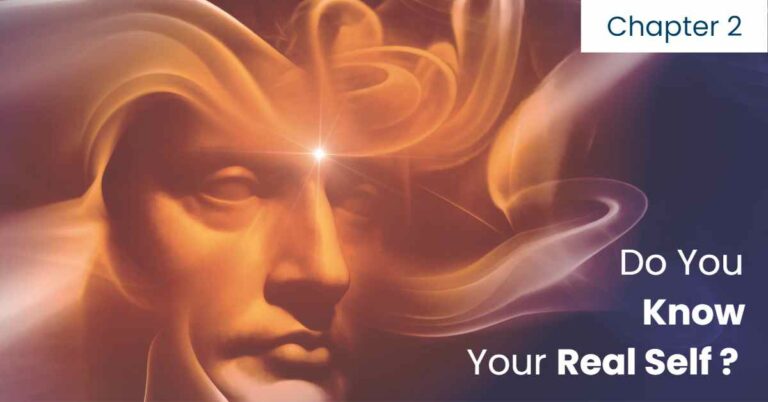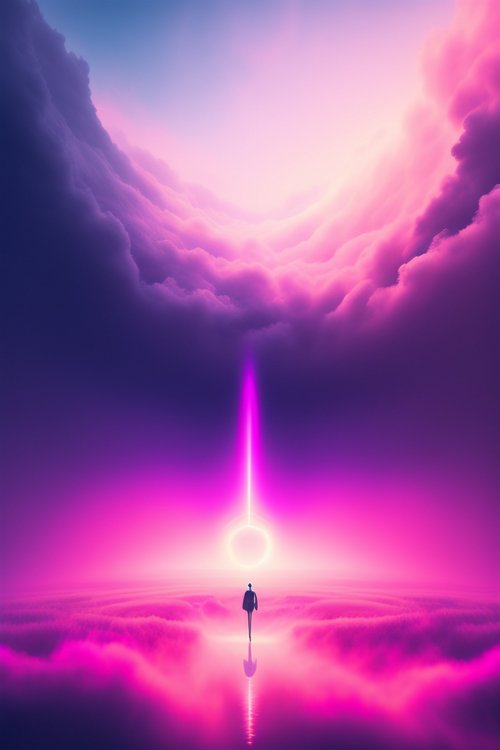Shivratri is here again. What better occasion to take a close look at the very interesting deeper aspects of this festival and of God Shiva, with whom it is associated.
First of all, who is God Shiva and what is our relationship with Him? Shiva – the name means benefactor is referred to as paramatma or the Supreme Soul, while all the other gods and goddesses in the Hindu pantheon are called devi devatas or deities. That is why the prayer, Brahma devaya namah, Vishnu devaya namah, Shankar devaya namah…, ends with Shiv paramatmaya namah.
The Supreme Soul, who is incorporeal, is the father of all human souls. That is why all humans, irrespective of the faith they profess, regard and worship God as an incorporeal entity. Being incorporeal, God Shiva cannot be represented by an idol. Therefore Hindus worship Him in the form of the Shivling.
Many people confuse the deity Shankar with Shiva. But the depiction and the attributes of the two should make it clear that they are two different entities. Shankar is a deity having a human form and he is always shown sitting in a meditative state, often before a Shivling. It is clear that He is remembering an entity higher than him, which can only be the Supreme Soul. Shankar is one of the creations of the Creator, Shiva. He is bestowed with the task of destruction of the world when it reaches a state of extreme degradation at the end of Kaliyug, the Iron Age. It is because Shiva and Shankar are two different entities that Shivratri is never called Shankar-ratri.
Now, why ratri? It is always a birthday or holiday that is celebrated. Then why is God Shiva associated with night? Shivratri is not Shiva’s night. In fact, there can be no night where there is Shiva, who is also called the Sun of Knowledge. In truth, this festival commemorates the descent of the Supreme Being into this world when it is enveloped in the night of ignorance, vices and unrighteousness. He comes and dispels the darkness of the night and ushers in a new dawn – the Golden Age.
It is said that Shiva opened His third eye and destroyed all the evil in the world. He, being incorporeal, has no eye. What Shiva does is to open the eye of the intellect of human beings by first reminding them of their true identity – that they are souls, not bodies – and imparting them knowledge of the entire cycle of human history. He teaches humans the way to liberate themselves from vices so that they become worthy of entering the Golden Age.
Being the knower of the past, present and future, Shiva is called trikaldarshi or one who knows the three aspects of time. Since He also has knowledge of the three worlds – the corporeal world we call the universe, the subtle world that exists beyond it, and the still farther incorporeal world, the abode of all souls and the Supreme Soul – He is called trilokinath. He is called trimurti because He is the creator of the three subtle deities, Brahma, Vishnu and Shankar, through whom He performs the three tasks of creation of a new golden aged world, its sustenance, and destruction of the vices in the old world.
The celebration of Shivratri to mark the incarnation of God Shiva in this world proves that He is not omnipresent. Had He been omnipresent there would have been no evil in this world, and omnipresence precludes the need for incarnation.
Now is the time when God incarnates in a human medium, whom He names Brahma. Through Brahma He imparts spiritual knowledge in order to create a new world order. This new order is built by humans who adopt Godly knowledge in their lives to become free of the vices of lust, anger, greed, attachment and ego and full of divine virtues (The fasting by devotees on Shivratri is a commemoration of this forsaking of vices). This group of spiritually empowered souls is engaged in this noble task right now. When these souls reach a critical number, the power of their purity and positive thought energy will bring about massive transformation in this world, and the ratri will give way to a golden dawn.





